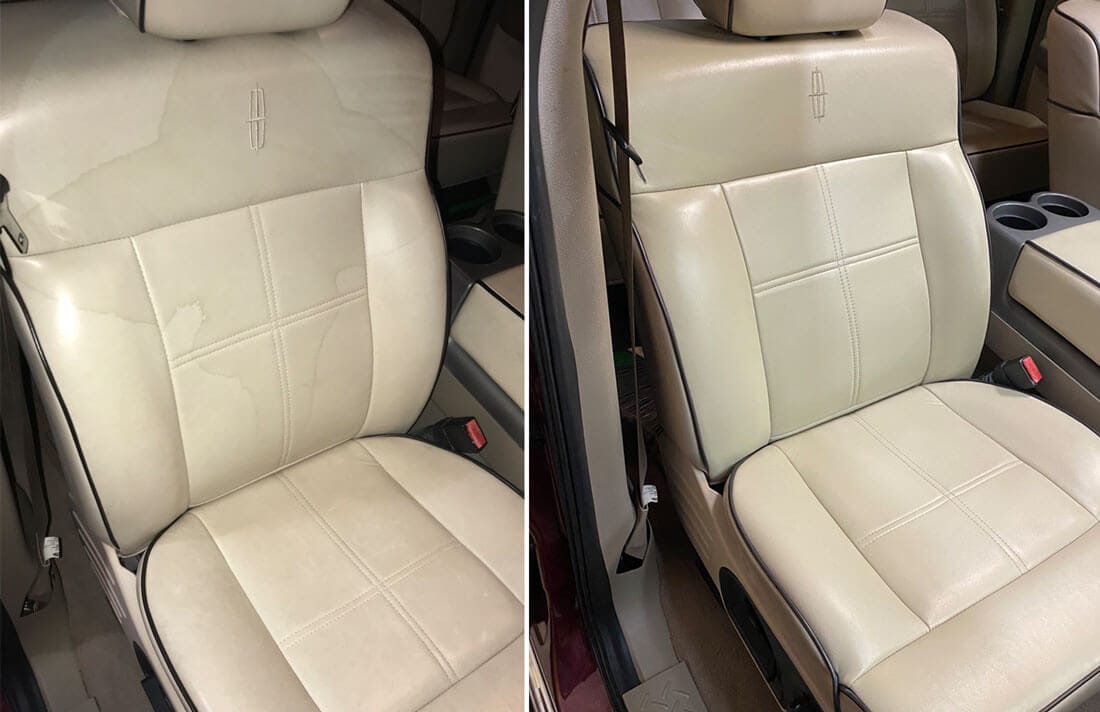High Quality Upholstery Repair: Protect the Stability of Your Furniture
High Quality Upholstery Repair: Protect the Stability of Your Furniture
Blog Article
The Ultimate Overview to Upholstery Repair Work Methods
In the realm of furniture maintenance, the art of furniture fixing is an ability that can take a breath new life into damaged items and protect treasured personal belongings. As we navigate the world of upholstery fixing strategies, we come across a myriad of techniques that can transform a tired sofa or chair into a refreshed prime focus of an area. From examining the damage to diligently repairing holes and tears, each action in the process holds the essential to reviving furnishings to its former splendor. Remain tuned as we decipher the intricacies of this craft and introduce the tricks to mastering furniture repair work strategies that will certainly elevate your furnishings remediation undertakings.
Assessing Furniture Damage
When examining upholstery damages, it is necessary to perform a complete examination to precisely determine the degree of the concerns present. This preliminary action is essential in establishing a comprehensive repair work strategy that addresses all aspects of the damages properly. Begin by visually examining the furniture for any kind of noticeable tears, slits, spots, or staining. Keep in mind of the place and dimension of each blemish as this details will direct the repair service procedure.
Following, evaluate the underlying structure of the furniture to examine for any kind of damages to the framework, springs, or padding. Occasionally, the damages may not be right away visible externally yet might substantially affect the overall honesty of the furniture. By completely checking out both the external upholstery and internal components, you can ensure that all concerns are determined and appropriately resolved throughout the repair work procedure.
Furthermore, consider the kind of upholstery material used as different materials and natural leathers might require particular repair service methods. upholstery repair. Recognizing the material properties will certainly help in choosing the most appropriate repair techniques and items to accomplish optimum results
Crucial Tools and Products
To properly perform furniture fixings, having the appropriate tools and materials is paramount for achieving professional outcomes. Essential tools for upholstery repair consist of a staple weapon for protecting material, upholstery needles and thread for stitching, scissors for reducing material, a rubber mallet for tapping in furnishings elements, and pliers for eliminating old staples and nails. By ensuring you have the necessary devices and products prior to starting a furniture fixing task, you can function efficiently and efficiently to restore furnishings to its former splendor.
Preparing the Furnishings Surface
Prep work of the furniture surface is a vital preliminary action in making certain the effective outcome of any kind of click this link furniture repair work project. Prior to starting any fixing work, it is important to extensively clean the furniture surface area to remove dirt, dirt, and any kind of other debris that might hinder the attachment of new products. This can be done utilizing a vacuum cleaner, a soft brush, or a wet fabric, relying on the type of furniture and the degree of dirt present.
Once the surface is clean, any damaged or loosened upholstery material, padding, or springs need to be very carefully gotten rid of. This step is critical to guarantee that the new products stick securely and that the fixed link furniture maintains a professional and smooth look. In addition, any old staples or tacks must be drawn out, and the surface area ought to be checked for any structural damage that might need to be dealt with prior to continuing with the repair work.

Repairing Holes and tears
After ensuring the furnishings surface is complimentary of dust, debris, and dirt and removing any type of broken or loosened upholstery materials, the next step in furniture fixing entails dealing with rips and holes in the material. Fixing tears and holes in furniture can help extend the life of your furnishings and recover its aesthetic charm. It is vital to thoroughly match the color and appearance of the patch material to the initial click to find out more furniture for a smooth repair work.
Eliminating Smells and spots
Addressing stubborn stains and remaining odors in upholstery requires a targeted and comprehensive method to guarantee effective restoration of the textile's look and freshness. Stains can be caused by various compounds such as food spills, pet dog mishaps, or beverage mishaps, while smells commonly stem from smoke, pet dander, or spills permeating the upholstery fibers. Routine maintenance and timely interest to spills can aid in preventing deep-rooted spots and odors, maintaining the upholstery's condition.

Conclusion
Finally, grasping upholstery repair service techniques calls for mindful evaluation of damage, the usage of vital tools and products, correct prep work of the furniture surface area, and the skillful repair service of tears, odors, holes, and discolorations. By complying with these actions, individuals can effectively lengthen the life and restore of their furnishings.

Important devices for furniture repair work include a staple weapon for protecting material, furniture needles and thread for stitching, scissors for cutting textile, a rubber mallet for tapping in furnishings elements, and pliers for eliminating old staples and nails. By ensuring you have the needed devices and products before beginning an upholstery repair work project, you can function efficiently and efficiently to recover furnishings to its former magnificence.
Preparation of the furnishings surface area is an essential first step in ensuring the effective result of any furniture repair task.After guaranteeing the furniture surface is free of debris, dust, and dust and eliminating any kind of loose or broken upholstery materials, the next action in furniture repair work includes attending to splits and openings in the textile - upholstery repair. Fixing tears and openings in upholstery can aid prolong the life of your furniture and restore its visual appeal
Report this page